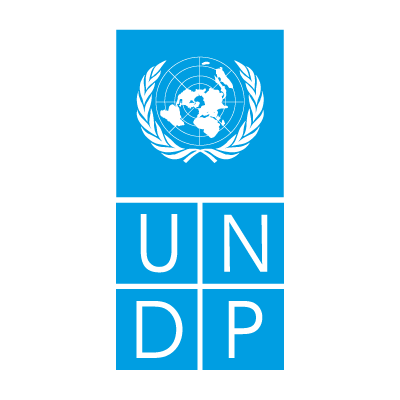
KNOWLEDGE
HUB
Case Study
Beyond regulations: Country paths to achieving PPP success
These case studies examine public-private partnership (PPP) programs in Colombia, Kenya, and the Philippines. The cases showcase the unique evolution of PPP programs in different geographies and development levels, illustrating there’s no one-size-fits-all solution in establishing a PPP program.
Kenya and the Philippines are examples of countries that started with PPPs in energy generation. This has been the case in many countries that started with small renewable energy projects and built the experience to evolve into larger, more complex projects.
Colombia was one of the few countries that was able to develop PPPs in the transport sector from a very early stage. The Colombia case shows how to develop a comprehensive PPP program through reforms that involve adapting regulations and building strong institutions like the National Infrastructure Agency (ANI), advancing financial sector reform to overcome limitations, and using DFI support to enable commercial financing.
Kenya’s PPP journey started with various sectoral reforms supported by development financial institutions (DFIs). Those sectoral reforms were accompanied by PPP legislation and policies and the use of risk mitigation instruments that unlocked private sector participation. While Kenya managed to have PPPs in several sectors, most of the success of its PPP program focuses on energy generation projects with a growing emphasis on renewables.
The evolution of the PPPs in the Philippines reflects a journey of policy and regulatory reforms from a build-own-transfer (BOT) law to the PPP Act, institutional strengthening of the PPP center, and the creation of funds to ensure a continuous pipeline of projects and reduce project risks. The shift to a programmatic approach has supplied the market with a continuous pipeline of PPP projects, enhancing the local financial and private sector development.



